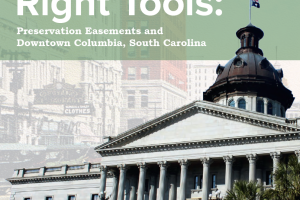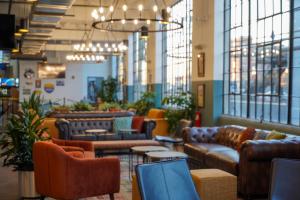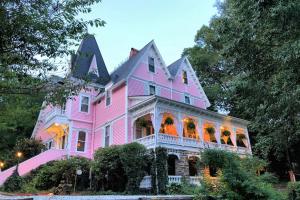

The 1926 Northup & O’Brien-designed building was constructed for Fred J. DeTamble as a Ford dealership known as the Twin City Motor Company. The purpose-built auto...

This collection of three historic homes was constructed between 1891 and 1909 for important leaders and businessmen in the Asheville area. Highlighting Victorian and Greek Revival-style architecture, the buildings...

The Federal Historic Preservation Tax Incentives Program, administered by the National Park Service in partnership with the State Historic Preservation Offices, is the nation’s most effective program to promote historic preservation and community revitalization through historic rehabilitation.

Beyond the National Park System, the National Park Service (NPS) through its Cultural Resources, Partnerships, and Science programs is part of a national preservation partnership working to promote the preservation of historic resources in communities small and large throughout the country.